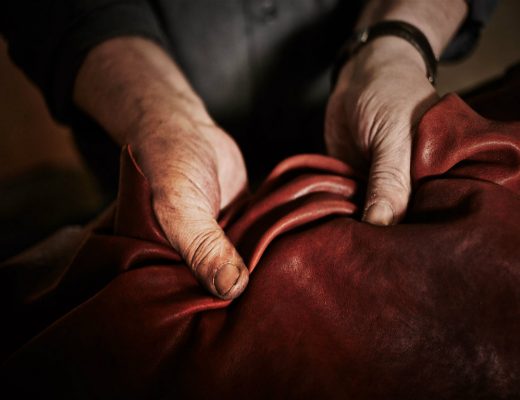Protect the head is an ancient custom if we think that as early as the Neolithic Age man used large straw hats to protect from the sun. Later, various types of hats would be adopted to protect the head from too much cold weather as well as in clashes. Over the centuries, beside the purely utilitarian function, arises also a symbology of hat which was different over time and in space … but the line between utilitarian and symbolic function is weak and not always easy to define.
We have few archaeological evidences survived as hats were manufactured in perishable materials. However, we find ample evidence in the paintings, sculpture, mosaics and coins and written documents.
The recent discovery of the Similaun man provided a concrete example of an “archaeological” hat. Wool, cotton, silk, leather. These are materials that nature has always offered to protect the most delicate parts of the body by storing them at a temperature as constant as possible.
In classical times the greek man’s clothing is completed by the petasos a hat with a wide brim made of soft felt or leather. It was predominantly used during journeys and, perhaps because it is linked to travels, it was associated with the pilgrim god Hermes, the Roman Mercury. The etymology of the name refers to the greek verb petannymi which means to ‘spread’ (said of sails or clothes) and indicates a hat with wide brim.
Symbology of hat for Romans
By Greece on petasos was exported to Rome through characters of the Latin comedy who wear it on stage (e.g. the Amphitryon of Plautus). The petasos continued always to be considered an “exotic” hat suitable for actors more than for the austere Roman citizens who thought it would be unmanly to cover their heads with something that was not the toga. The proof is the fact that his name was never Latinized.
Among citizens of humble condition, in ancient Rome, was in common use the pileus, word of Greek origin (pilos) that already in Homer and Hesiod indicates the knit wool felt and used to line helmets and shoes. It was a very ancient headdress; spread by the Persians at the time of Alexander the Great, but devised centuries earlier by the Phrygians. It has the form of a cap of felt, leather or other fabric adhering to the temples, with a small raised flap and one end that fell on the front or side. This type of headdress was to symbolize the redemption from slavery: the slave forced to work bareheaded, once freed by emancipation ceremony received the pileus in recognition of regained dignity.
The same meaning also assumed successively during the French Revolution when the Jacobins did it become its own symbol. The “bonnet phrjgien” in fact became sign of attained freedom.




